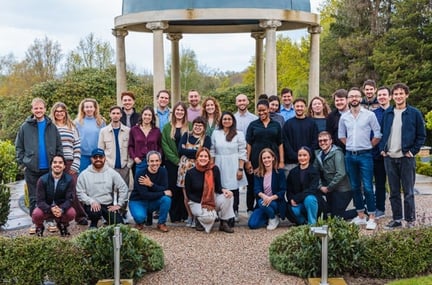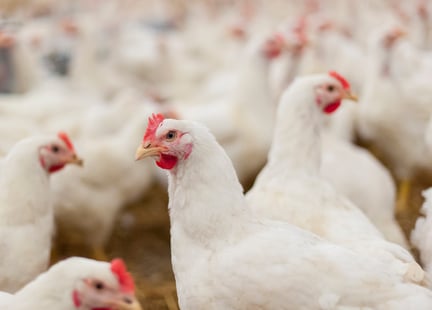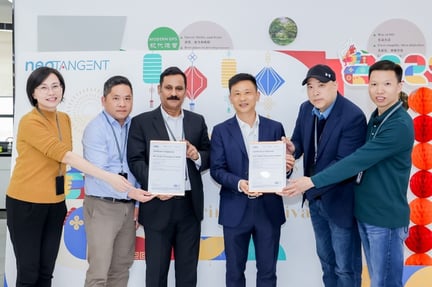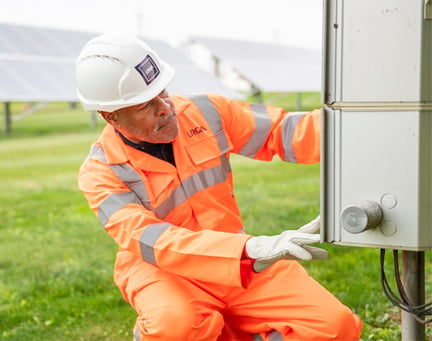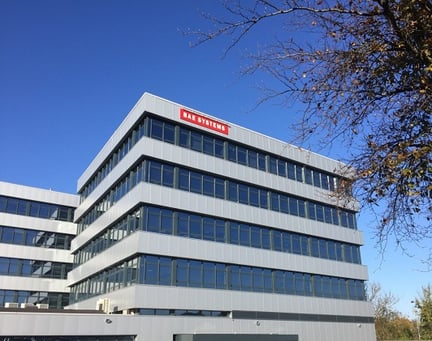With no end to labour shortages in sight, risk management strategies must continue to adapt, says Meghan Quinlan, Vice President of Food & Agriculture at ELEVATE, LRQA’s ESG specialists.
The need for effective risk management of worker welfare and human rights is nothing new. In recent decades, the regulatory environment has evolved at pace from voluntary transparency to mandatory due diligence. What was once a case of ‘tell us what you’re doing,’ is now ‘you must be doing this – and be able to show it.’
What is relatively new, however, is an operating context where labor shortages are embedded in the market – a dynamic that is changing the game for risk managers. The exponential increase in US child labor violations – up 37% in 2022 – is just one of many signals that human rights due diligence must be a high-priority item on any risk register.
None of this is simple. In many cases, companies are now accountable for resolving deeply complex issues. UN principles, for example, require that when actions are taken, those affected are not left in a worse situation. Cutting child labor out of a supply chain is one thing, ensuring those actions don’t lead to harmful, unintended consequences is altogether more complicated. Businesses must think end-to-end: designing and implementing strategies that identify risks, prevent violations (both in owned and indirect supply chains), remediate violations, and report effectively.
The great enabler, as ever, is transparency. Prioritization tools and predictive AI can help, but achieving more visibility requires effort and investment. In today’s supply chains, a single site may involve dozens of labor agents, operating around the clock, with significant implications for audit and assessment programs.
Effective grievance mechanisms are another powerful tool. Ten years after the horrific collapse of the Rana Plaza factory in Bangladesh, sector-wide grievance systems receive 10,000 calls a month. Every one of these calls is an opportunity to reduce risk, prevent harm and improve worker welfare and clearly, it should not take a tragedy to mobilize businesses to work together in this way. Partnerships elsewhere - with local NGOs and legal aid groups - can be a fast track to building trust and confidence in these schemes among immigrant workers.
This fast-changing landscape requires due diligence beyond just the operational, which in turn means more collaboration internally on risk. In the US in particular, legislators are responding to labor shortages with bills that relax laws designed to protect children. In this context, global commitments to human rights can all too easily conflict with local approaches to government and industry affairs - just one example of the need for a joined-up, organizational approach.
As companies adapt, as is so often the case, opportunities arise. Across LRQA, we’re seeing real momentum in innovations with pilots being scaled and perhaps more important, systems integrated in parallel. The resulting data has the potential to really move the dial on the visibility of risk and the effectiveness of these programs. Labor may be in short supply, but our capacity to protect our workforce – and our organizations – can only continue to grow.



